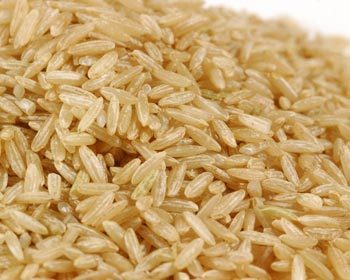First things first, I'm going to embed a video that I thought was interesting:
Dr. Walker sent me the link to this video last weekend. For those of you who can't or don't want to watch the whole thing (it's pretty long), basically a panel answers question about low-carb diets. However, there are differences in what this guy says and Dr. Walker's Scottsdale Keto Diet, and that's their stances on unrefined carbs. This guy says that unrefined carbs, like brown rice and root vegetables (i.e. carrots), are completely fine to eat, and that refined carbs like sugar and white rice are the bad guys. What I'm doing is quite different, in that I'm not allowed to eat much of any type of carbohydrate, refined or otherwise. The real debate stems from whether your body can tell the difference between the two. The answer? Who knows! I'll ask Dr. Walker next time I see him.
 |
| Maybe not the silent killer? |
 |
| Pictured: me. That shows me for not going to medical school. |
 |
| Yay, brains! |
In one of them, a few doctors (including my dad, incidentally), were looking for the presence of an infected abscess in the neck--if the patient had this, it would have been pretty bad, since those need to be treated immediately. Turns out she didn't have one, so she was able to be discharged later that week.
I've also been learning how to read medical charts. I would include a picture of one of Dr. Walker's, but I'm not sure if I'm allowed to, even if it's blank, so I'll check back with him and make sure it's okay, if anyone wants to see it. Basically, after talking with a patient, there are a couple of categories you need to check: the subjective section is any changes based on the patient's own words; the objective section is any quantifiable data the doctor and lab tests compiles or sees themselves, and the diagnosis and prescriptions section, which lists problems the patient has and suggested treatment options. At least, the few I've seen did, so I want to see how other charts differ.
That's really it for this week, folks! I'll let you know anything new or crazy that happens next week, and I'll keep you posted on what I'm learning at the hospital. Thanks for reading!
No comments:
Post a Comment